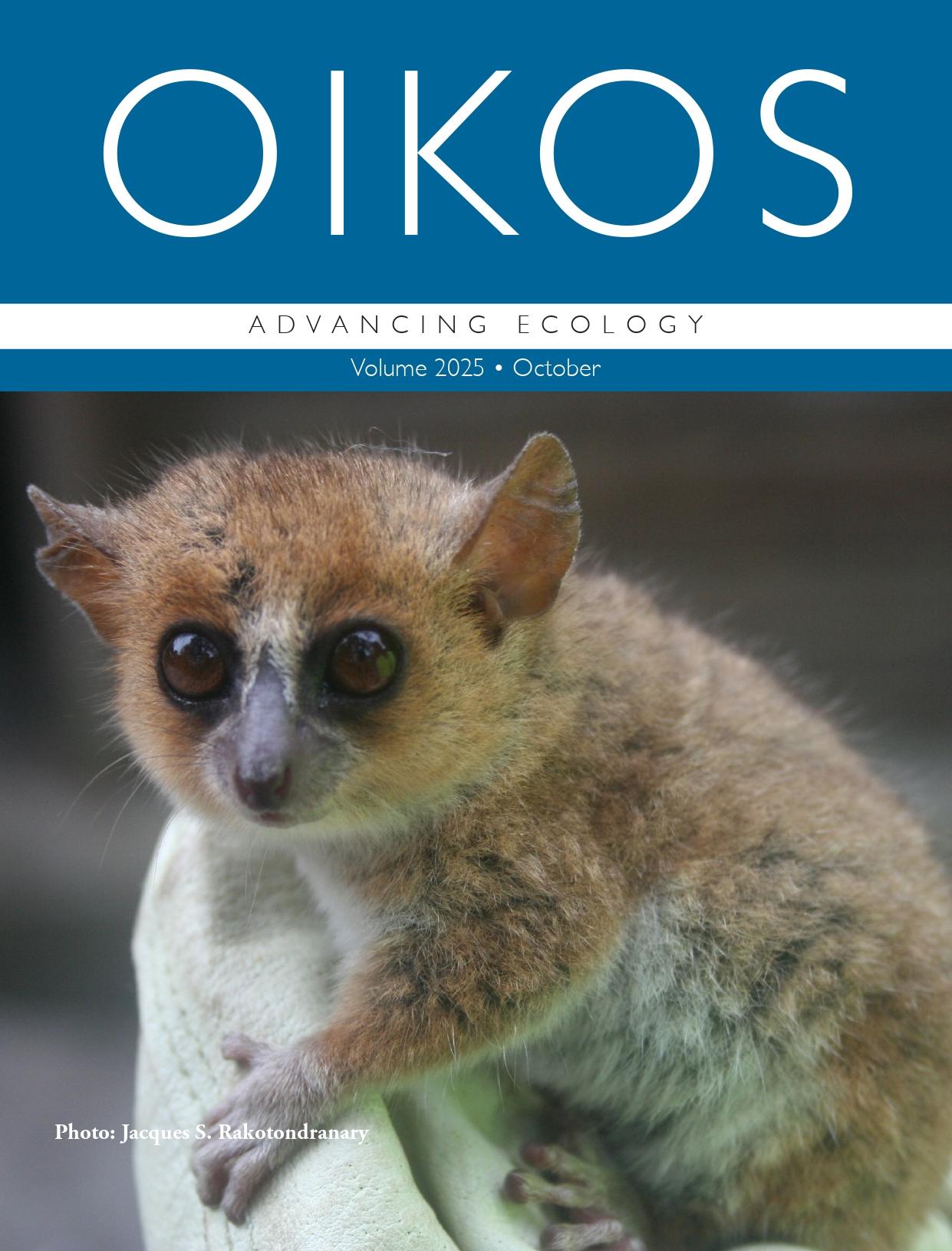PROTECT YOUR DNA WITH QUANTUM TECHNOLOGY
Orgo-Life the new way to the future Advertising by AdpathwayHang Ci, East China Normal University, discusses her article: Temporal dynamics of bark and wood functional traits in determining invertebrate communities during coarse and fine woody debris decomposition
When a tree falls in the forest, its death marks a vibrant new beginning. Deadwood is not merely lifeless debris; it becomes a bustling source of food and shelter for countless invertebrates. Invertebrates like insects, mites, and worms quickly colonize it, feeding on the wood, speeding up decomposition, and thereby recycling essential nutrients back into the forest ecosystem.
However, not all deadwood is the same. It is derived from plants with various growth forms (such as shrubs and trees) or phylogenetic histories (e.g., gymnosperms and angiosperms), each of which exhibits distinct growth strategies and functional traits. Furthermore, a single log comprises two distinct functional units: the bark and the inner wood. Each of these layers possesses unique physical and chemical properties that create distinct microhabitats and shape the colonization of invertebrate communities, ultimately leading to distinct decomposition patterns.
In our recent study, we explored exactly how these differences between bark and wood influence the assembly of invertebrate communities during fine and coarse deadwood decomposition. Despite their obvious contrasts, most previous research has treated deadwood as a uniform habitat. Over 42 months, we tracked the decay of 41 plant species in subtropical forests at two sample sites in eastern China, Putuo (PT) and Tiantong (TT), with environmental differences, focusing on how functional traits of bark and wood affect the invertebrates that call these places home.
 An example of the decomposition experiment for a representative tree species, showing coarse woody debris, fine woody debris, and leaf litter (excluded from our study). Photo by Hang Ci.
An example of the decomposition experiment for a representative tree species, showing coarse woody debris, fine woody debris, and leaf litter (excluded from our study). Photo by Hang Ci.We found that in early decomposition (18 months), the bark functional traits played a starring role in invertebrate abundance and diversity, especially in small-diameter debris (such as shrubs and tree branches). Nutrient-rich and thicker bark attracted a wider and more diverse array of invertebrates. However, as decomposition advanced (up to 42 months), the influence of bark traits faded, likely because it decomposed quickly or fell away, thereby becoming more uniform. In contrast, the wood functional traits affected invertebrate communities only in large logs, and their influence was significant both at 18 and 42 months. Notably, the strength and direction of wood trait effects varied across forest sites, highlighting the role of local environmental conditions.
 Relative importance of bark versus wood traits in driving deadwood invertebrate abundance (a-b) and richness (c-d) of fine woody debris (FWD) and coarse woody debris (CWD) after 18- and 42-month decomposition periods at two decomposition sites. Blue circles indicate bark traits and orange indicates wood traits. Circle size reflects proportional importance.
Relative importance of bark versus wood traits in driving deadwood invertebrate abundance (a-b) and richness (c-d) of fine woody debris (FWD) and coarse woody debris (CWD) after 18- and 42-month decomposition periods at two decomposition sites. Blue circles indicate bark traits and orange indicates wood traits. Circle size reflects proportional importance.In summary, bark acts as an early-stage biodiversity driver across all deadwood sizes, with especially strong effects in small debris. Wood traits exert a longer-term influence, but only in larger logs. These patterns show that bark and wood traits play complementary, yet distinct roles during decomposition, with their importance shifting over time and depending on deadwood size.
Our study underscores that deadwood represents far more than a passive carbon pool, it is a structurally and functionally stratified habitat in which bark and wood independently mediate biodiversity assembly. Moving forward, integrative research on decomposition ecology and species interactions must explicitly account for the distinct contributions of bark and wood to accurately model the drivers of decay trajectories and the complex afterlife of trees.


 1 day ago
2
1 day ago
2





















 English (US) ·
English (US) ·  French (CA) ·
French (CA) ·